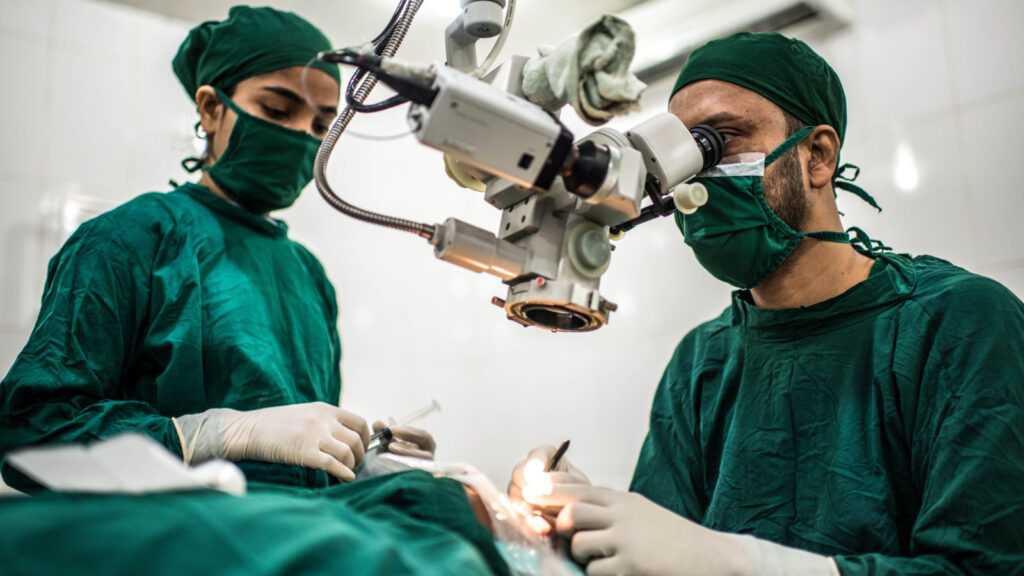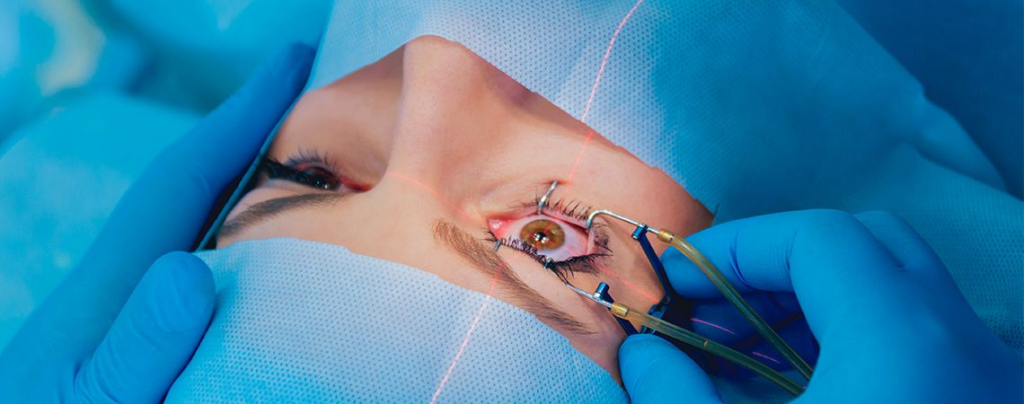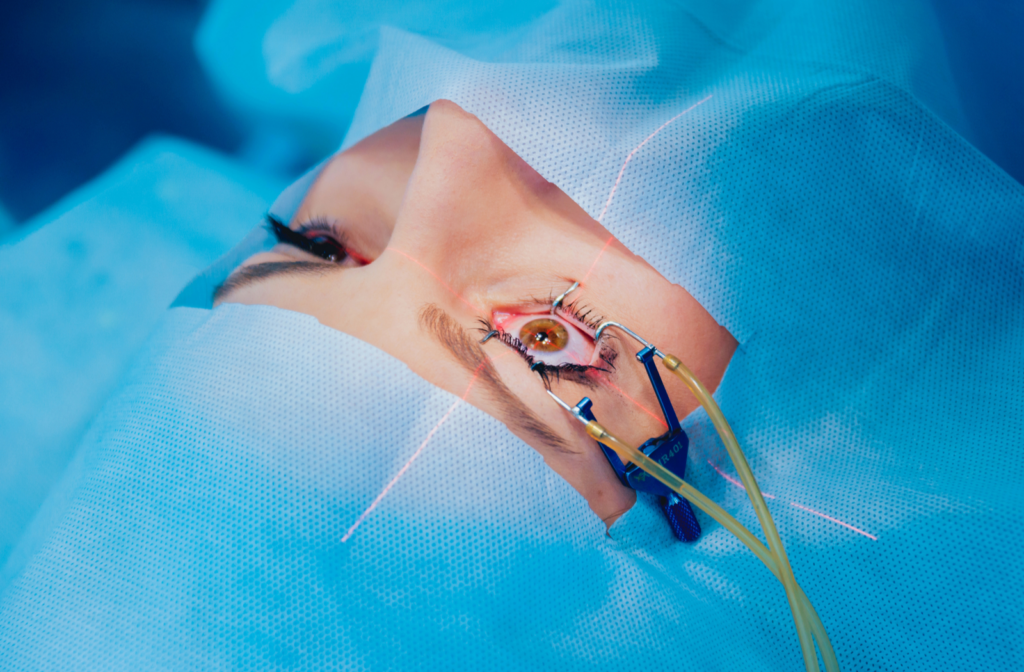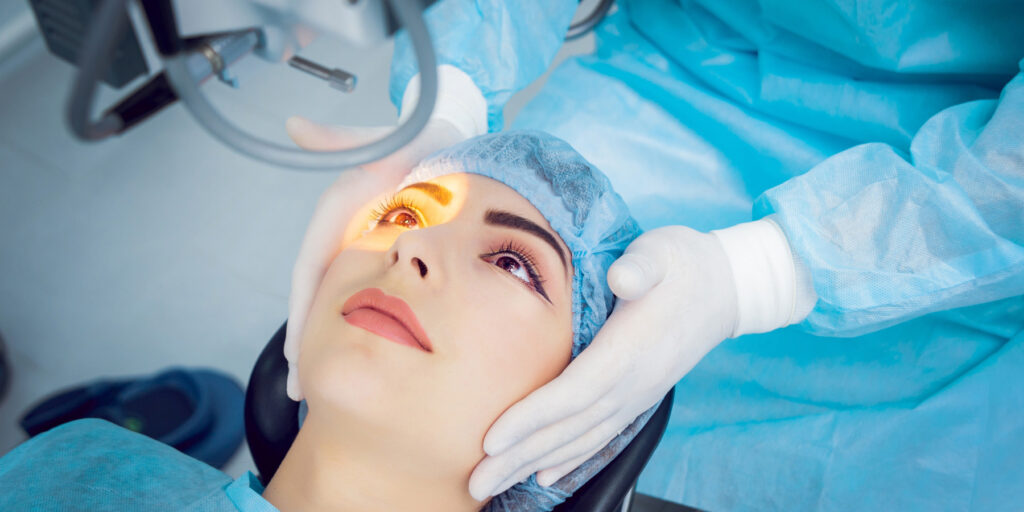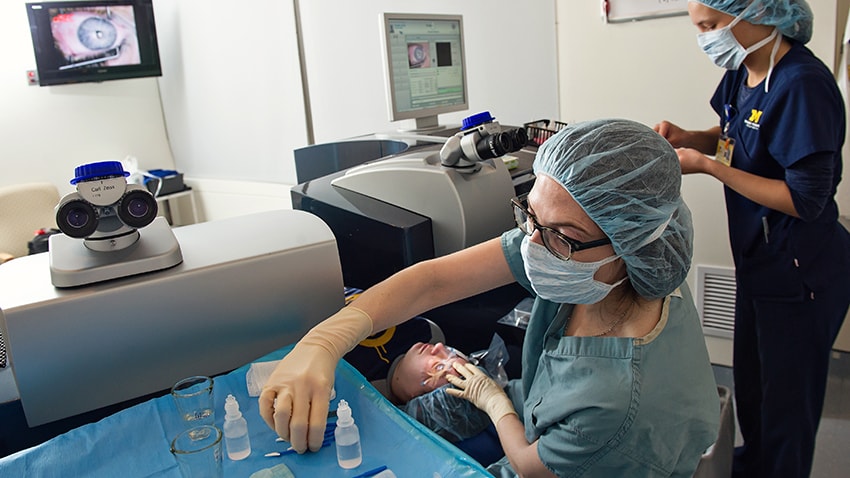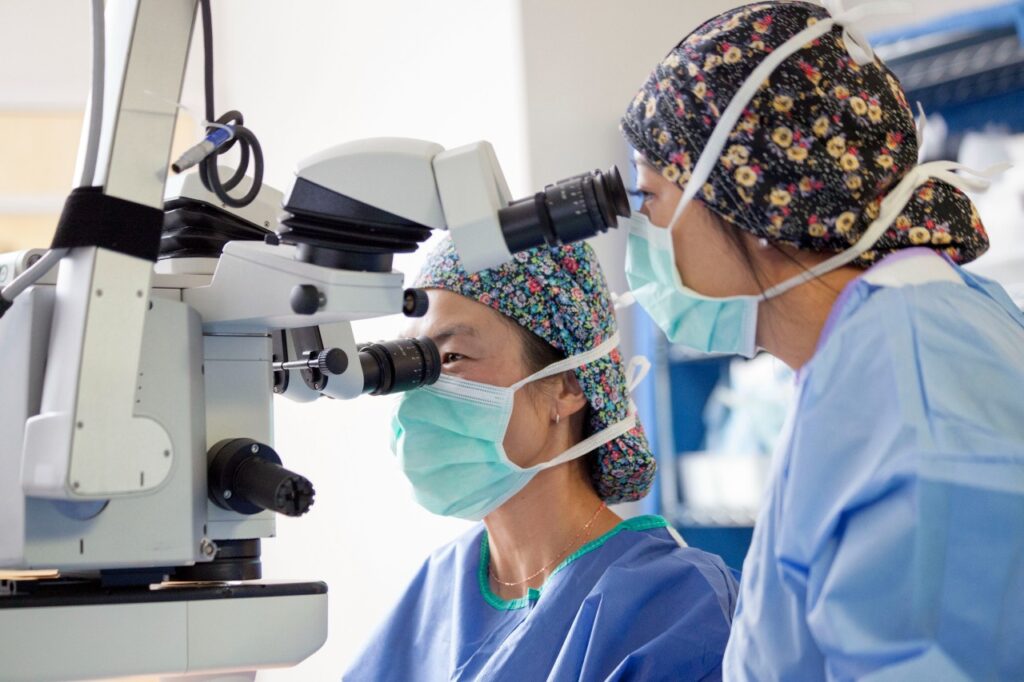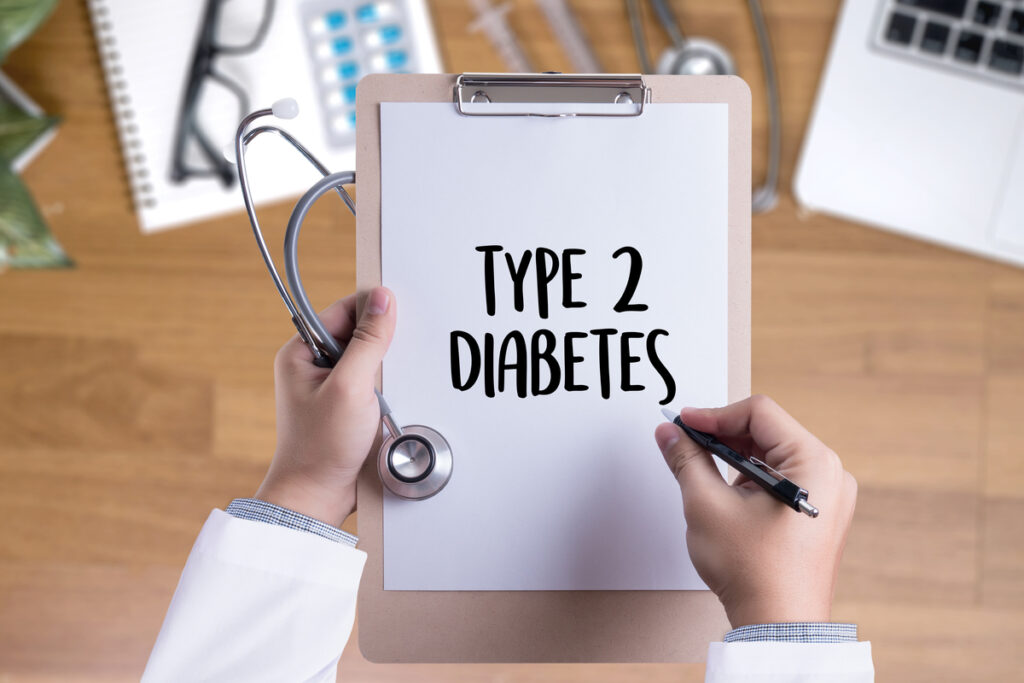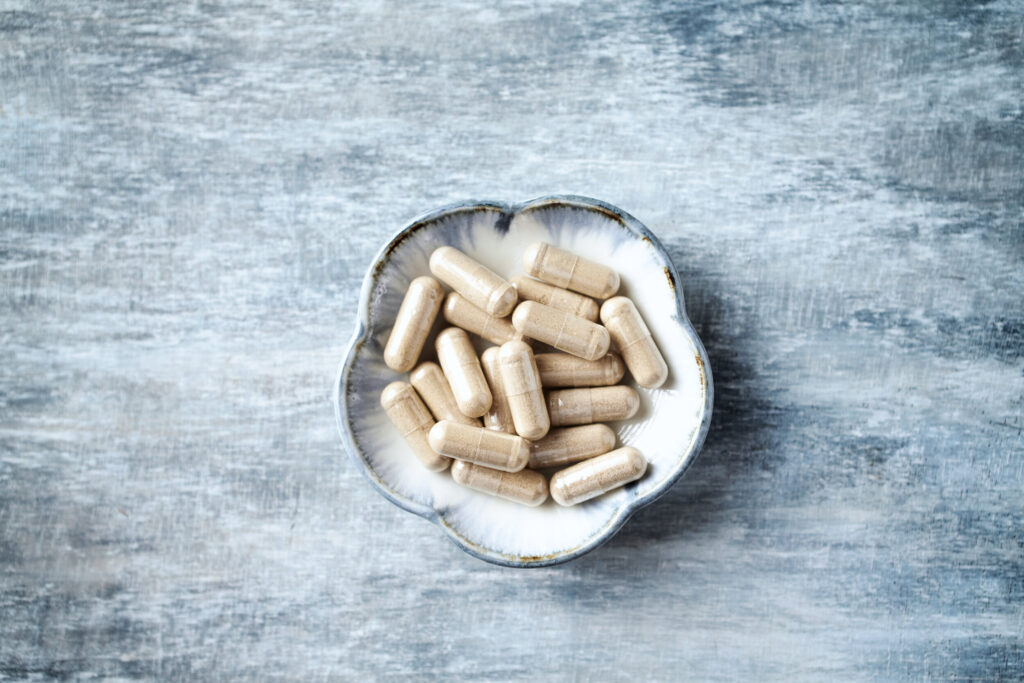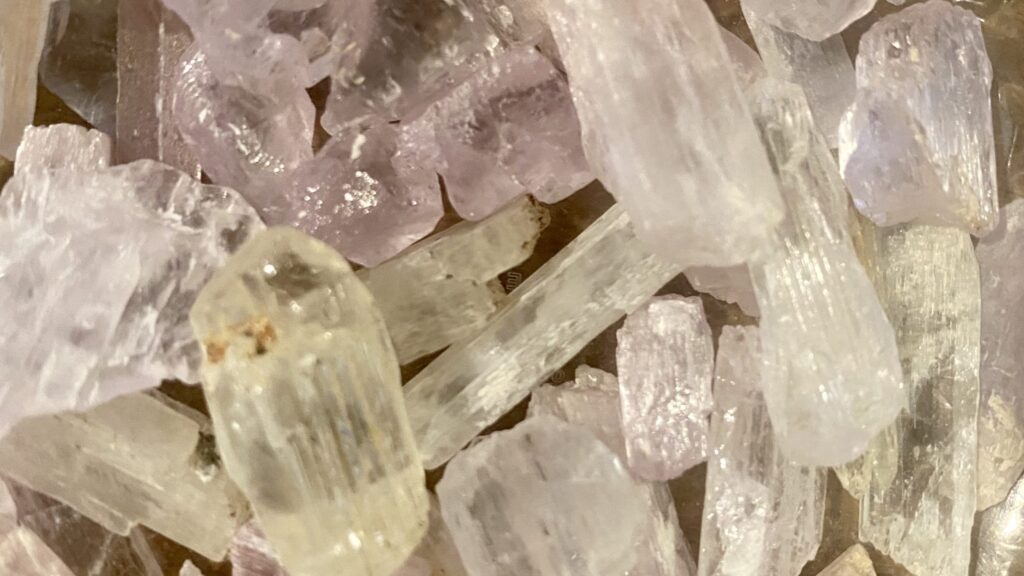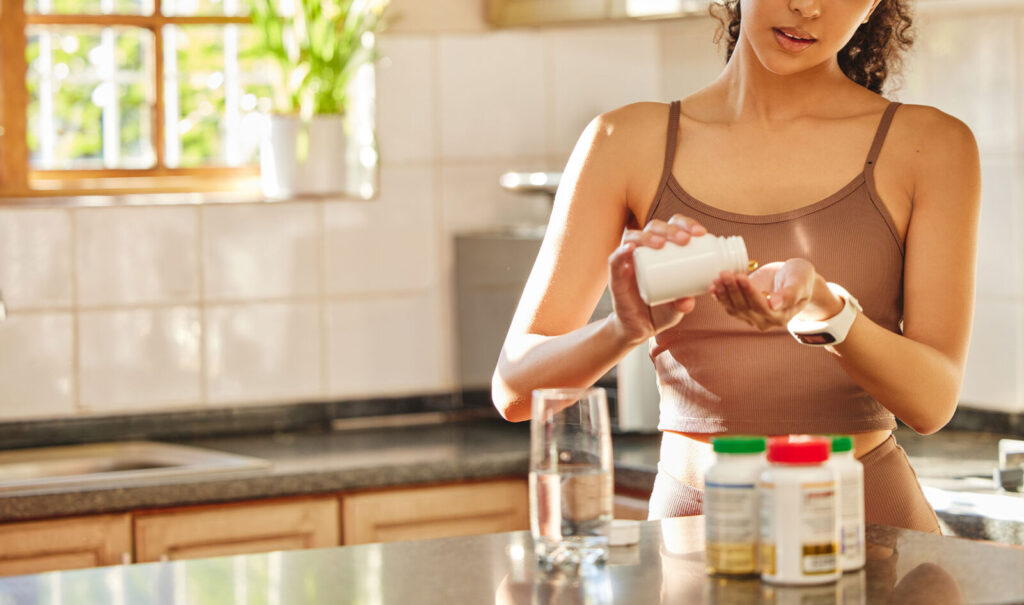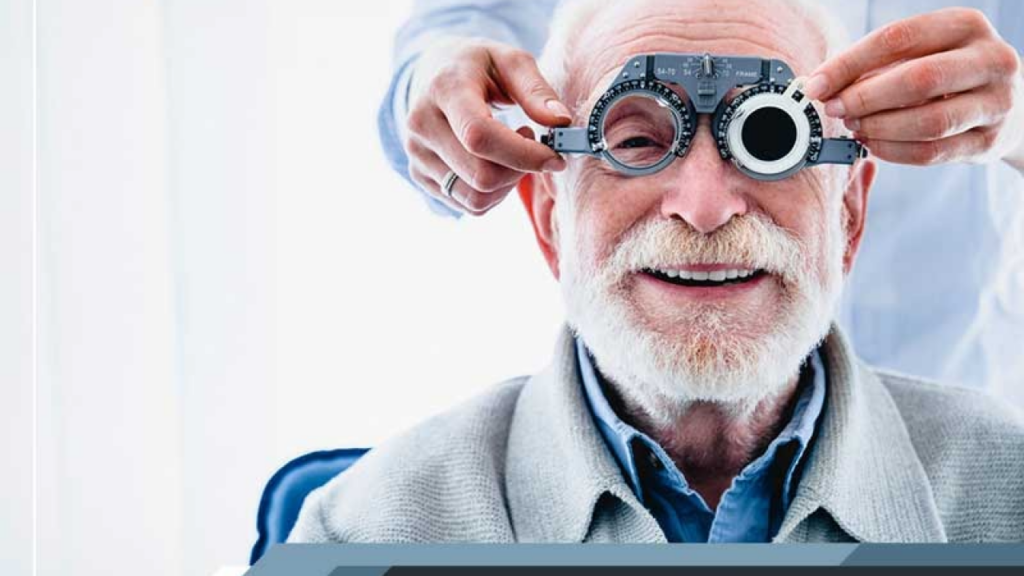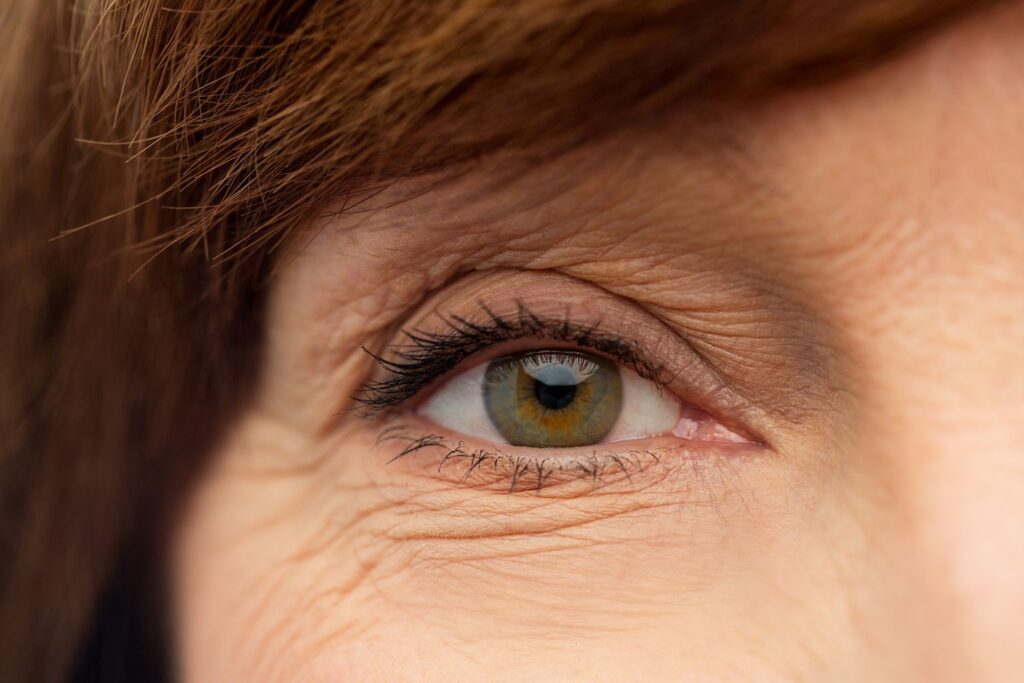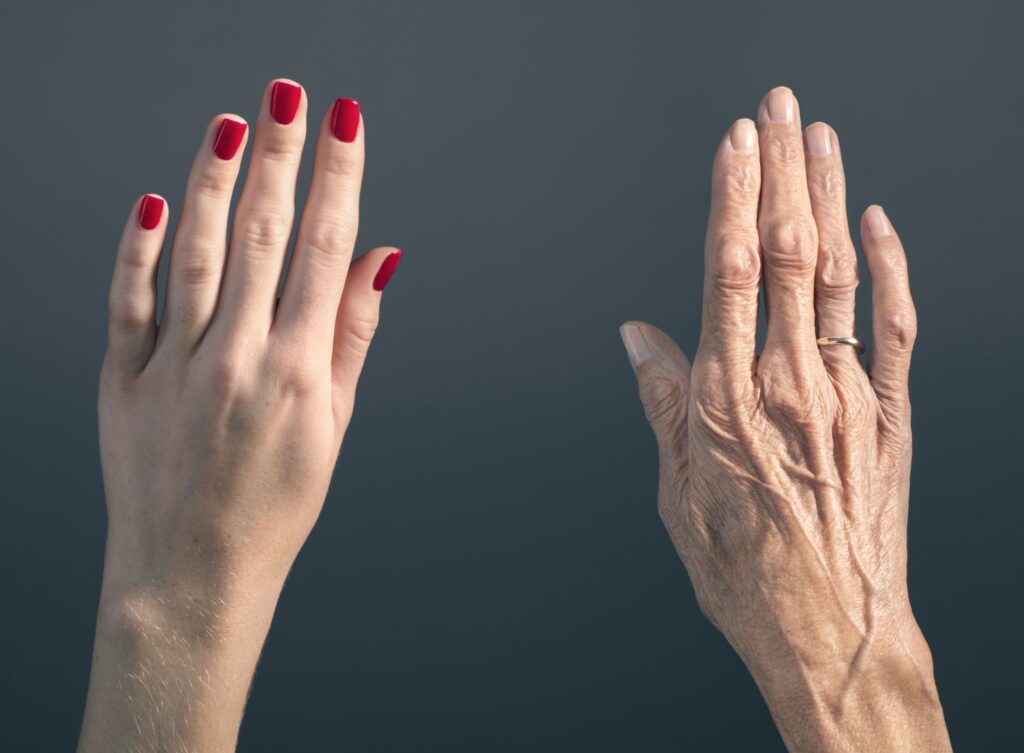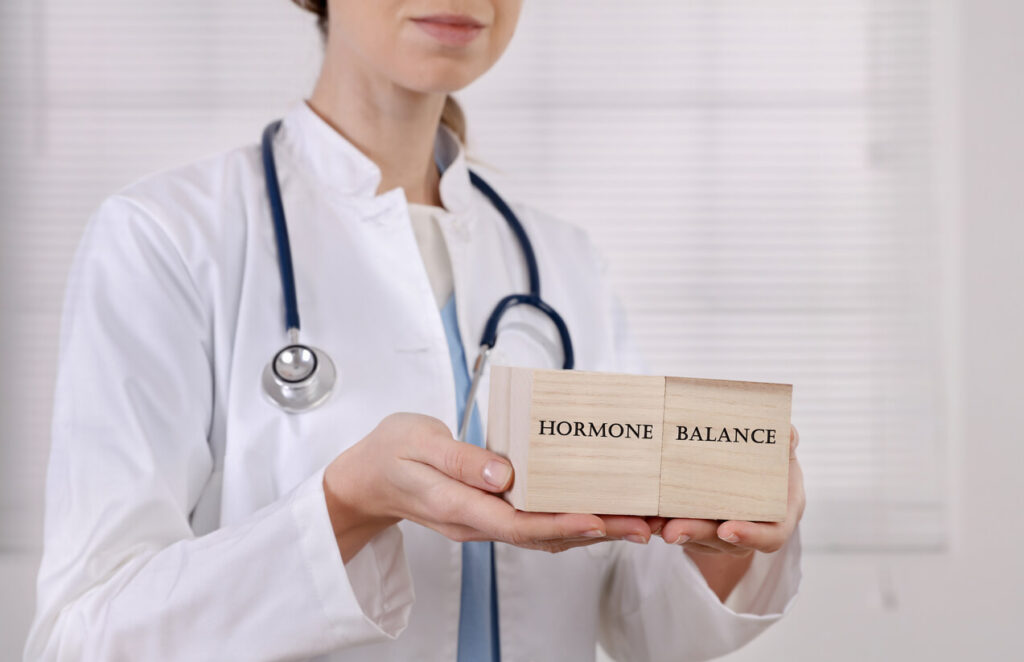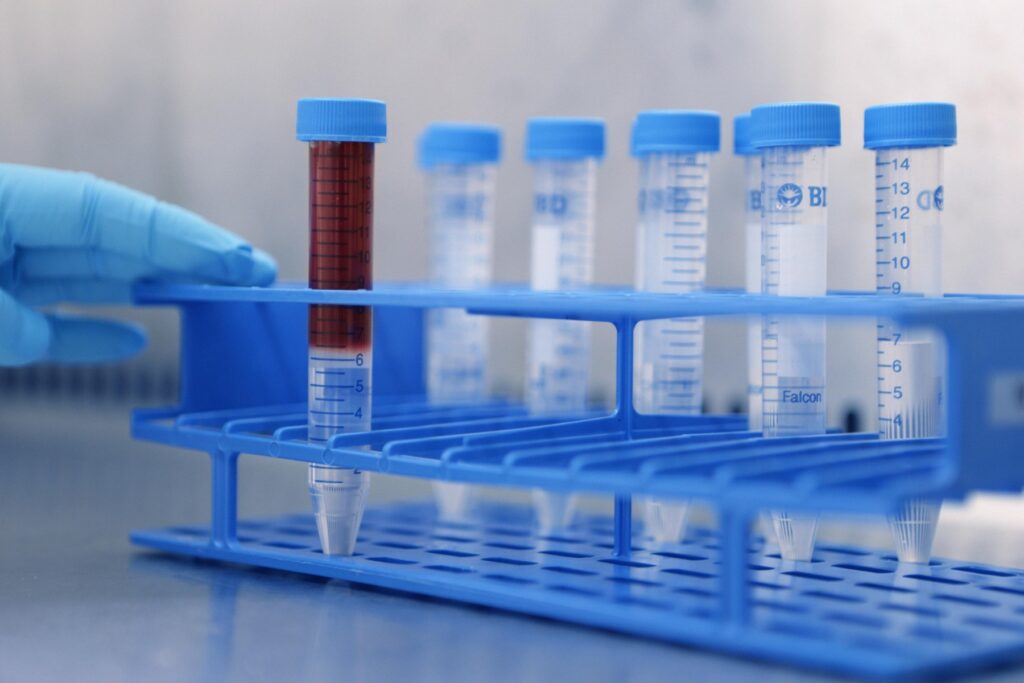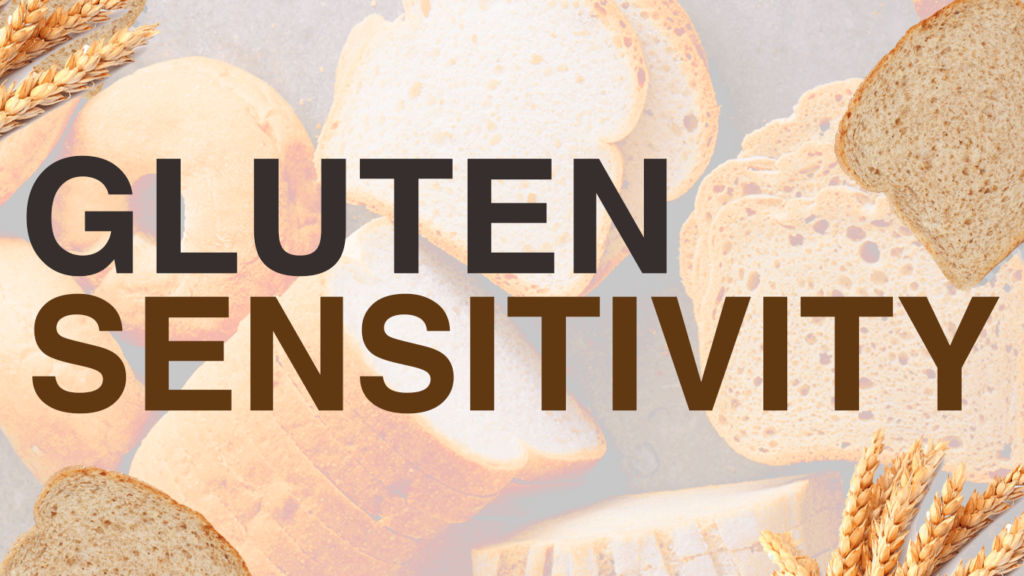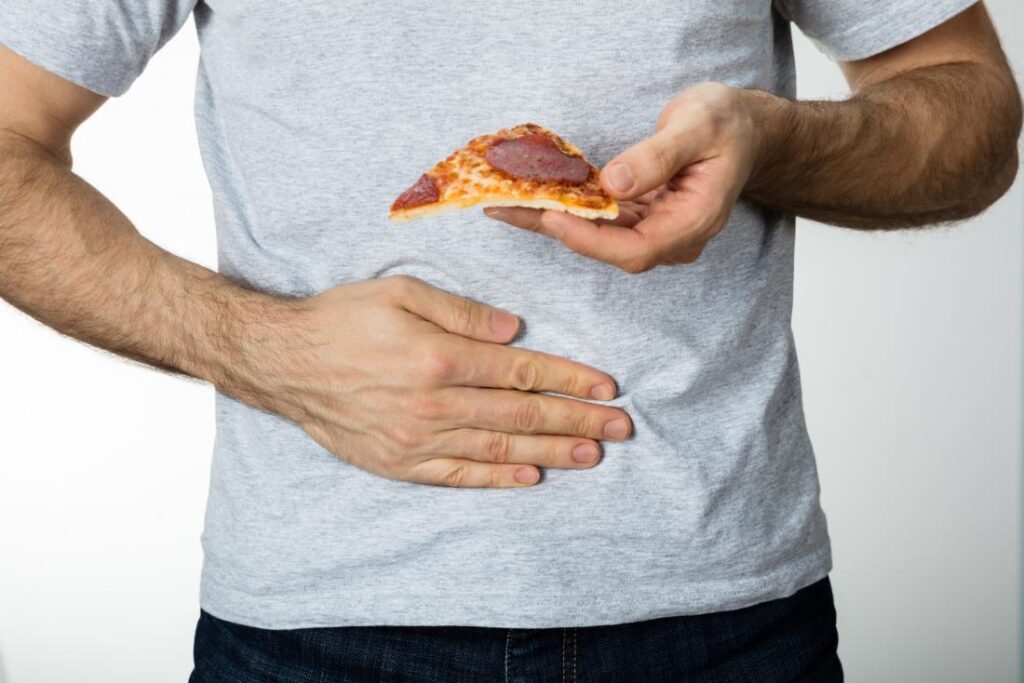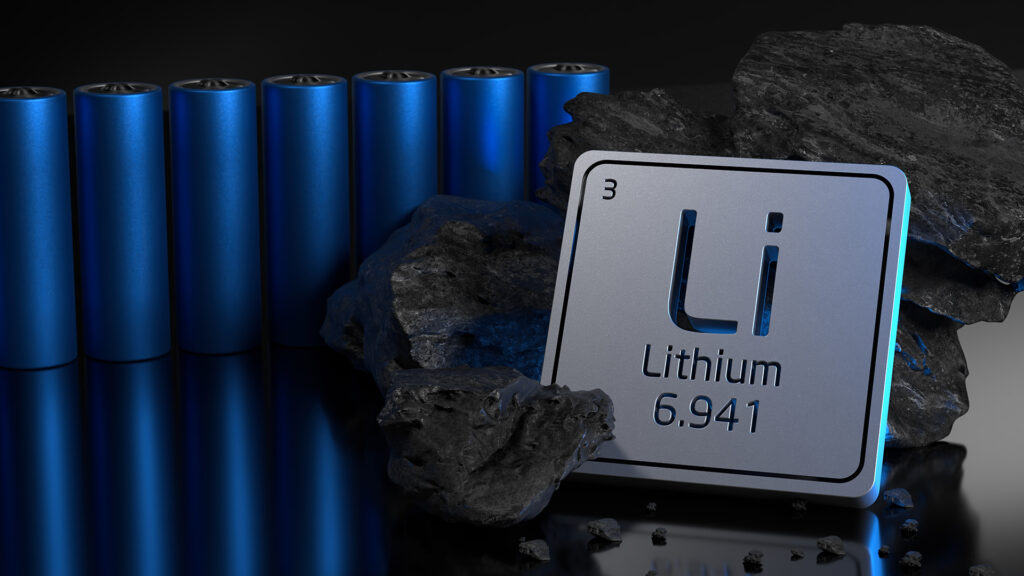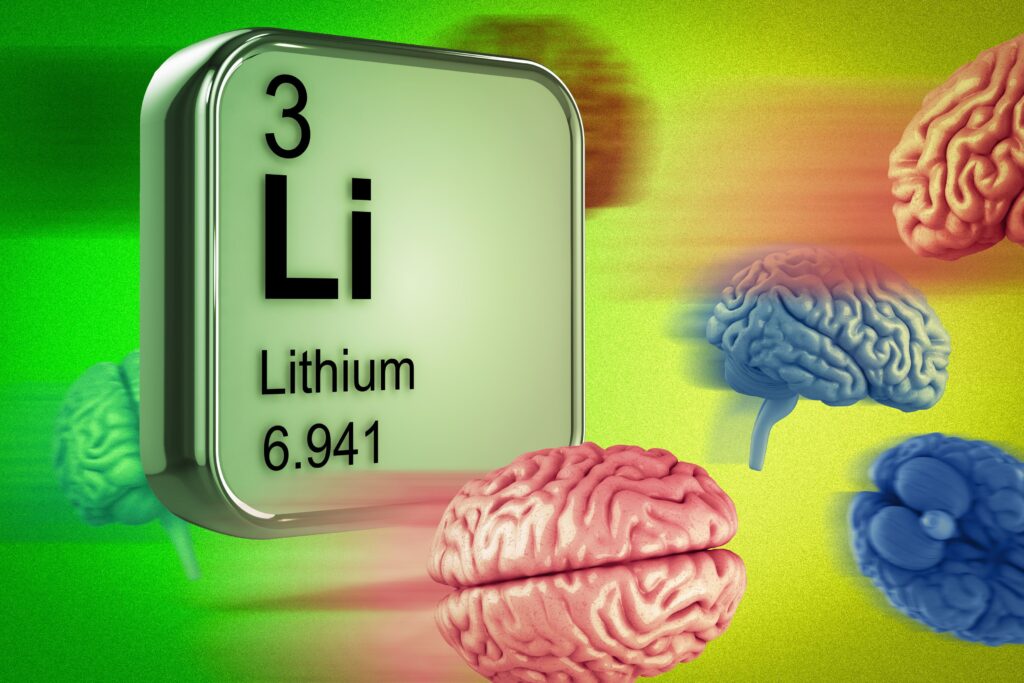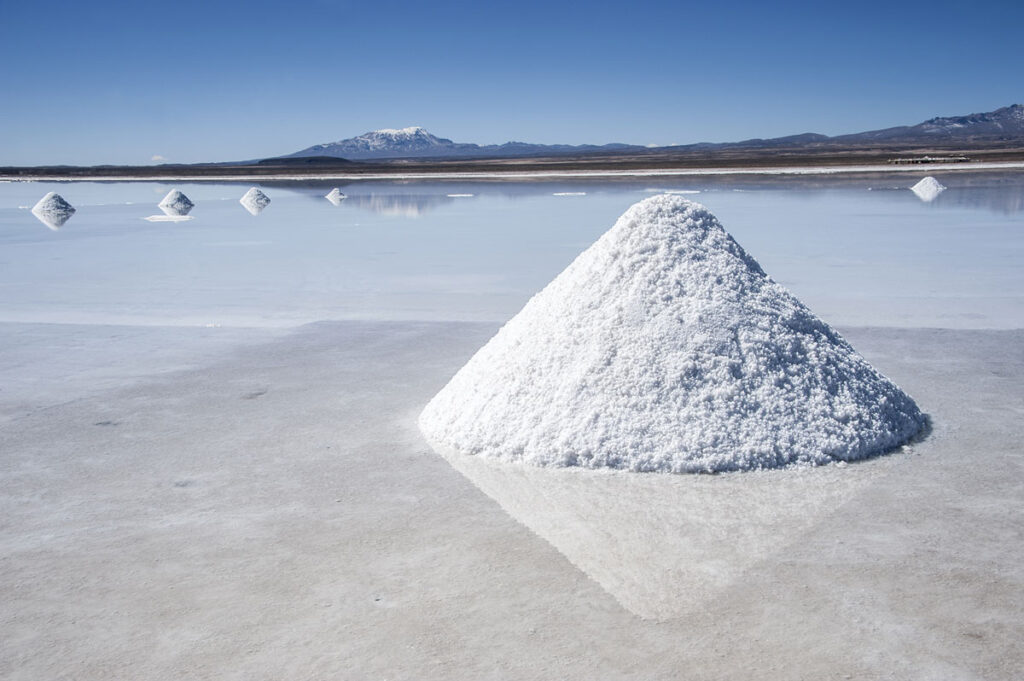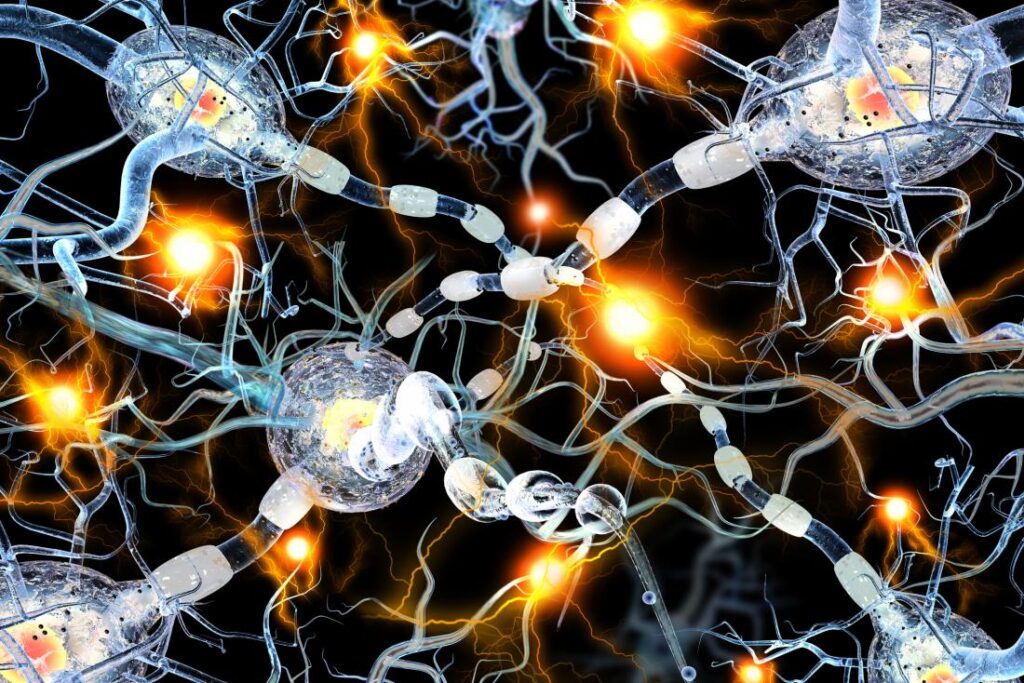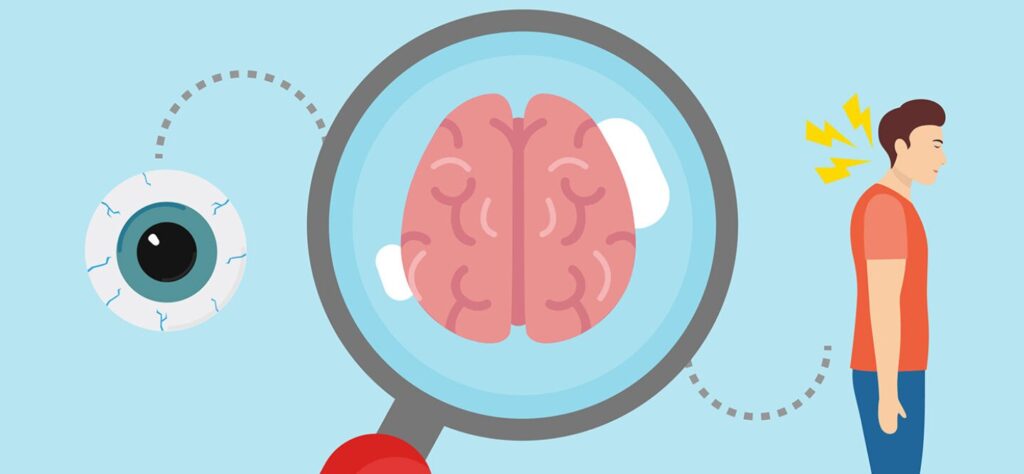Best known for its natural antibiotic activity, berberine deals a serious blow to common infectious organisms— organisms like “staph,” “strep,” Chlamydia, diphtheria, salmonella, cholera, diplococcus pneumoniae, pseudomonas, gonorrhea, candida, trichomonas, and many others. Berberine is a component (for the technically inclined, a “plant alkaloid”) of the commonly used herbs goldenseal and Oregon grape, and of several other less well-known botanicals. A 0.2 percent solution of berberine has been found effective against trachoma—in “third world” countries, a major infectious cause of visual impairment and blindness, as well as many other types of conjunctivitis.
It’s less well known that berberine has been found more effective than aspirin in relieving fever in experimental animals, and is able to stimulate some parts of the immune system. It’s also a stimulant for bile secretion.
And it’s not at all well known that research published in well-known, respected, “peer-reviewed” medical journals in 2008 found that berberine is just as effective— and of course much safer—than metformin, the formerly patent medicine most commonly now prescribed to help re-regulate blood sugar in type 2 diabetes!
Another cover-up? That won’t stop the truth
As this is 2010, where has this information been? I suspect that Nutrition & Healing readers know the answer… so let’s move on to review the research, and then what’s known about how berberine does this job.
Two studies were reported in one of the 2008 research reports.1 In the first study, 36 adults with newly diagnosed type 2 diabetes mellitus were randomly assigned to treatment with berberine or metformin (500 milligrams of either, three times a day) in a three-month (13-week) trial.
At the end of three months, average fasting blood sugars in the berberine group dropped from 191 to 124 milligrams per deciliter, average post-prandial blood sugar (blood sugar after eating) dropped from 356 to 199 milligrams per deciliter, average hemoglobin A1c (a measurement of longer-term blood sugar control) dropped from 9.5 percent to 7.5 percent, and fasting triglycerides dropped from an average 99 to 78 milligrams per deciliter.
The researchers wrote, “Compared with metformin, berberine exhibited an identical effect in the regulation of glucose metabolism, such as HbA1c, FBG [fasting blood glucose], PBG [blood sugar after eating], fasting insulin and postprandial insulin [insulin level after eating]. In the regulation of lipid metabolism, berberine activity is better than metformin. By week 13, triglycerides and total cholesterol in the berberine group had decreased and were significantly lower than in the metformin group (P<0.05).”
See Also: Common Questions About Diabetes and Eye Surgery: Sydney Eye Clinic
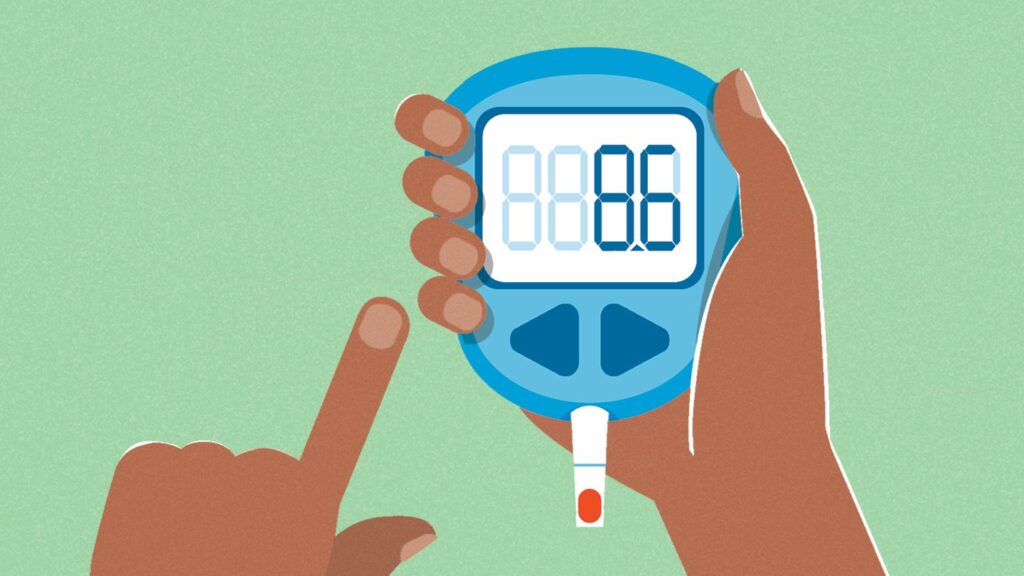
Insulin resistance dropped by 45 percent!
The second study in this same publication involved 48 adults already under treatment for type 2 diabetes with diet and one or more patent medications and/or insulin. Despite these various treatments, their type 2 diabetes was still poorly controlled. Diet and all medications had been the same in each individual for two months before berberine treatment was added, and remained unchanged for the three months of this second study.
After just 7 days, the added berberine (500 milligrams thrice daily) led to an average reduction in fasting blood sugar from 172 to 140 milligrams per deciliter, and average post-prandial blood sugar had declined from 266 to 210 milligrams per deciliter.
During the second week of added berberine, average fasting blood sugar dropped to 135 milligrams per deciliter, and postprandial glucose to 189 milligrams per deciliter. The researchers reported that these improvements were maintained for the rest of the three month study.
In addition, hemoglobin A1c decreased from 8.1 percent to 7.3 percent, fasting insulin decreased by 28 percent, insulin resistance was reduced by 45 percent, and total and low-density (LDL) cholesterol were both significantly reduced.
The researchers wrote that in their study of newly diagnosed diabetics who took berberine or placebo alone, “one of the patients suffered from severe gastrointestinal adverse events when berberine was used alone.”
By contrast, the researchers wrote about the poorly controlled diabetics who added berberine to their on-going patent medication treatment: “Incidence of gastrointestinal adverse events was 34.5 percent during the 13 weeks of berberine…combination therapy.”
These adverse events included diarrhea in 10 percent, constipation in 7 percent, flatulence in 19 percent, and abdominal pain in 3.4 percent. The side effects were observed only in the first four weeks in most patients. In 24 percent, berberine dosage was decreased from 500 to 300 milligrams thrice daily because of gastrointestinal adverse events, and all of these side effects disappeared within one week.
The researchers concluded, “In summary, berberine is a potent oral hypoglycemic [blood sugar lowering] agent with modest effect on lipid metabolism. It is safe and the cost of treatment by berberine is very low.”
Better blood sugar control …and a few pounds shed
In a second publication, other researchers described results achieved by 116 individuals with type 2 diabetes and cholesterol and triglyceride abnormalities who participated in a randomized, double-blind trial that compared 500 milligrams of berberine taken twice daily with placebo, also taken twice daily.2 In the berberine group, average fasting blood sugar decreased from 126 to 101 milligrams/deciliter.
Two hours after a standardized glucose challenge, blood sugars decreased from an average 216 to an average 160 milligrams per deciliter. Average hemoglobin A1c decreased from 7.5 percent to 6.6 percent, average triglycerides decreased from 221 to 141 millgrams per deciliter, average total cholesterol decreased from 205 to 168 milligrams per deciliter, and average LDL-cholesterol (“bad” cholesterol) decreased from 125 to 97 milligrams per deciliter.
These researchers also reported “secondary outcomes.” Body weight decreased from an average 151 pounds to an average 146 pounds with berberine, a significantly greater fall (five pounds) than in the placebo group, who went from an average 158 pounds to an average 155 pounds, a loss of three pounds. A greater reduction of body mass index (BMI) was also found at three months in the berberine group than in the placebo group. Systolic blood pressure decreased from an average of 124 to 117 and diastolic blood pressure decreased from an average of 81 to 77 in those treated with berberine, exceeding the fall from 126 to 123 systolic and from 83 to 80 diastolic in those who took the placebo.
Side effects were few and mostly transient in the berberine group. Tests were done for kidney and liver function, as well as blood counts and electrolytes. Mild to moderate constipation occurred in five participants receiving berberine and one participant in the placebo group. Constipation “cleared up” in three of the five taking berberine and the one in the placebo group. The other two in the berberine group reduced their quantity of berberine by half to 250 milligrams twice daily, which relieved the constipation. Three measured liver enzymes (for the technically inclined AST, ALT, and GGT) all decreased to within the normal range.
How berberine does the job
So how does berberine improve blood sugar control? Much of the answer involves the effect of berberine on insulin and insulin regulation. Some of the rest is explained by berberine’s indirect effect on blood sugar regulation through its effect on little-known (to non-researchers) gastro-intestinal hormones termed “incretins.”
Berberine improves the action of insulin by activating an enzyme (for the technically inclined, AMP-activated protein kinase, or AMPK) which helps regulate the cellular uptake of glucose, the oxidation (“burning”) of fatty acids and the synthesis of glucose transporter 4 (GLUT4), the insulin-regulated glucose carrier found in fat and skeletal and cardiac muscle that is responsible for moving glucose from the bloodstream into cells.3-6 GLUT 4 is found only in muscle and fat cells, the major tissues in the body that respond to insulin.
Berberine increases the “expression” (number and activity) of insulin receptors.7,8 The increase in number and activity of course enables the same amount of insulin to be more effective than before. Another way of describing this activity of berberine is “decreasing insulin resistance.” Other researchers have reported that berberine inhibits an enzyme (for the technically inclined, protein tyrosine phosphatase 1B, or PTP1B) which in turn inhibits the insulin receptor.9 When the insulin receptor isn’t inhibited as much, it can of course function better, and the net result is that insulin can “work” better.
“Incretins” are hormones secreted by our stomachs and intestines that simultaneously increase the amount of insulin and inhibit the amount of glucagon (a pancreatic hormone which “opposes” insulin) released from the pancreatic islet cells after eating, even before blood sugar levels rise. (It’s like an “anticipatory” action so more insulin—and less glucagon— will be immediately available when the glucose starts to rise in the blood.) Incretins also slow the rate of absorption of nutrients into the blood stream by slowing stomach emptying; this may indirectly reduce food intake. Another way in which berberine regulates blood sugar is by increasing the secretion of one of the major incretins, glucagon-like peptide 1 (GLP-1).10
However, the actions of GLP-1 and other incretins to increase insulin release, lower glucagon release, and help regulate blood sugar are normally rapidly negated by another enzyme called DDP-4 (for the technically inclined, dipeptidyl peptidase 4). Yet another aspect of the blood sugar regulating action of berberine is its ability to inhibit DDP-4.11 When DDP-4 is inhibited, GLP-1 and other gut-secreted incretins aren’t broken down as rapidly, so they can continue to stimulate insulin and inhibit glucagon release significantly longer.
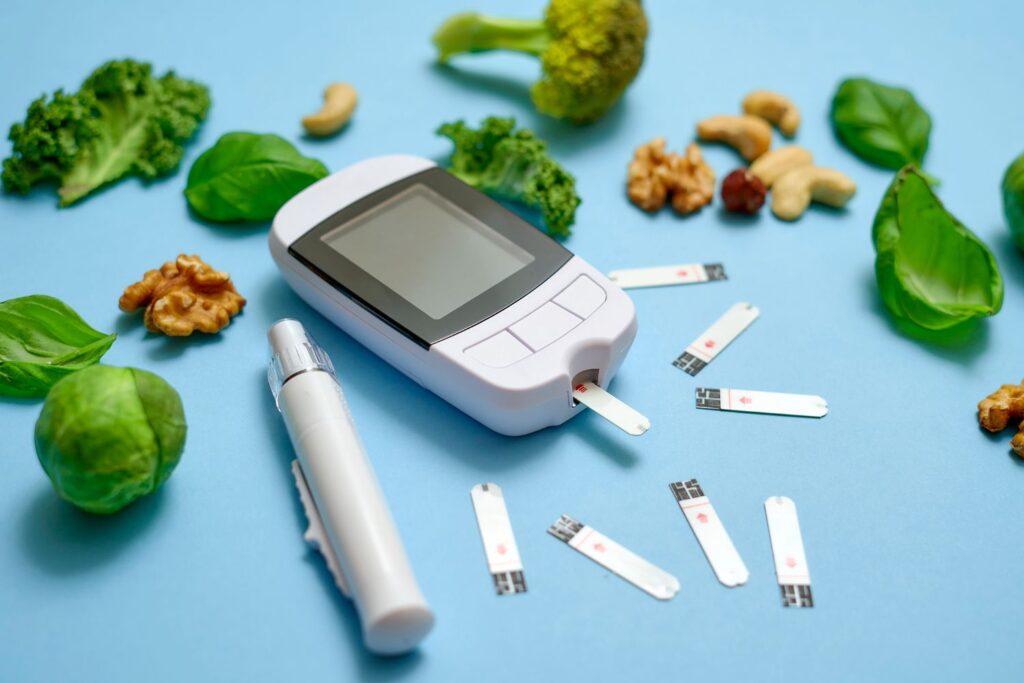
Thousands of years of use, and still largely ignored
Berberine is a major active component of the herb Coptis chinensis (Huang-lian), which—according to one research group—has been used in China to treat what is now identified as type 2 diabetes for literally thousands of years.
According to another research group, its blood sugar lowering effect was noticed when it was given to type 2 diabetic individuals to treat diarrhea. After the isolation of the berberine molecule itself, one of the first publications describing its use to lower blood sugar in type 2 diabetics was published in China in 1988.12 This and two subsequent research papers published in 200413 and 200514 found significant reductions in fasting and after-eating blood sugar control, and one also found significant reductions in cholesterol and triglycerides. Only one case of constipation (but no other adverse effects) was reported.
However, despite the safe and effective results reported, these studies suffered from the “defect” of not being placebo-controlled, and were (and are presently) only available in Chinese, so no one noticed them— with the possible exception of patent medicine companies working to make a patentable un-Natural molecule “analog” to berberine, and they won’t tell!
But the research studies you’ve already read about were “controlled,” and compared berberine directly with placebo or the number one established patent medication, metformin (Glucophage®, Glucophage XR®, Glumetza®, Fortamet®, Riomet®), or used berberine in addition to patent medication treatment—and all proved berberine to be clinically effective.
If you have type 2 diabetes and are using any patent medication, consider consulting a physician skilled and knowledgeable in natural and nutritional medicine and switching to berberine. Of course, there are many other natural techniques which can also be used to regulate and even normalize blood sugar in type 2 diabetes, including diet, exercise, vitamins, minerals, and other botanicals. It appears, however, that berberine can be a major tool, with fewer and less severe adverse effects than patent medications.
Are you a type 2 diabetic taking one of these medicines?
The Lancet, considered to be one of the world’s “top” medical journals, published an editorial titled “Individualized incretin-based treatment for type 2 diabetes” in the August 7, 2010 edition. The author wrote, “All GLP-1 receptor agonists [molecules which stimulate the receptor for the incretin hormone GLP-1, which helps regulate blood sugar] that are “approved” [quotation marks added] or in development for the treatment of type 2 diabetes cause nausea, vomiting, and sometimes diarrhea in a substantial proportion of patients.”
He continued by observing that GLP-1 can help regulate blood sugar without these effects—which should be rather obvious because our own internally secreted GLP-1 doesn’t cause any of these problems! But rather than recommend that natural GLP-1—or berberine, which stimulates GLP-1—be used instead of “approved” or “under development” patent medicines, he instead suggests that researchers look into why the patent medications cause these problems, as this would “pave the way to an even more impressive exploitation of the incretin-based treatment strategy.”
Exploitation is exactly the correct word to describe this point of view, which ignores completely the much safer and considerably less expensive molecules found in our bodies and in Nature, and continues to pursue the development, sale, and use of prohibitively expensive patent medicine substitutes with much greater incidence of so-called “side” effects—which are actually part of the real effects of these never-before-found-on-planet- Earth (extraterrestrial, space alien) molecules.



